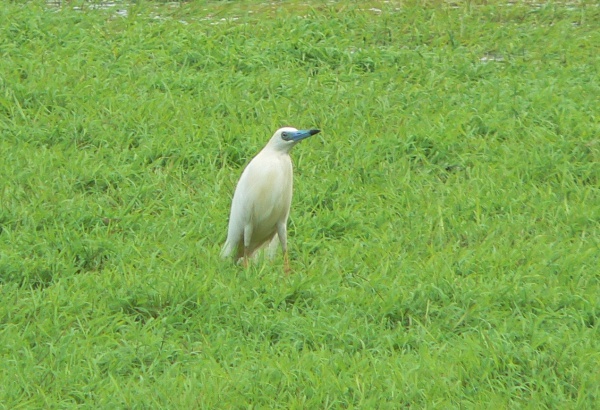Facts About Malagasy pond heron
The Malagasy pond heron, a member of the Ardeidae family, is a striking bird primarily found in the Seychelles, Madagascar, and along the eastern coast of Africa, including Kenya, Tanzania, and Uganda. Also known as the Madagascar pond heron or Madagascar squacco heron, this species is endemic to Madagascar, with an estimated population ranging from 2,000 to 6,000 individuals, of which approximately 1,300 to 4,000 are mature and capable of breeding.
First described in 1860 by Gustav Hartlaub, the Malagasy pond heron stands about 45-50 cm tall and weighs between 250-350 grams. Its plumage varies with age and breeding status; breeding adults are particularly striking with their snow-white bodies and deep azure-blue beaks.
These herons inhabit a variety of wetland environments such as marshes, lakes, ponds, and streams across East Africa, from Kenya to Zambia, as well as in the Seychelles and Madagascar. They are migratory, traveling annually between Madagascar and East Africa. They breed in colonies, although the size and number of these colonies have been decreasing over time.
The diet of the Malagasy pond heron primarily consists of fish, insects, and small invertebrates. Unfortunately, their survival is threatened by habitat loss due to wetland conversion, egg exploitation, and competition with other heron species. Consequently, they are now classified as endangered due to a significant population decline.
To combat these threats, conservation efforts such as the GELOSE resource management process have been implemented to protect the species. The breeding season spans from October to March, featuring courtship displays and an incubation period of 21-25 days.
Over the past three decades, the conservation status of the Malagasy pond heron has deteriorated significantly, shifting from near threatened to vulnerable, and now to endangered.
